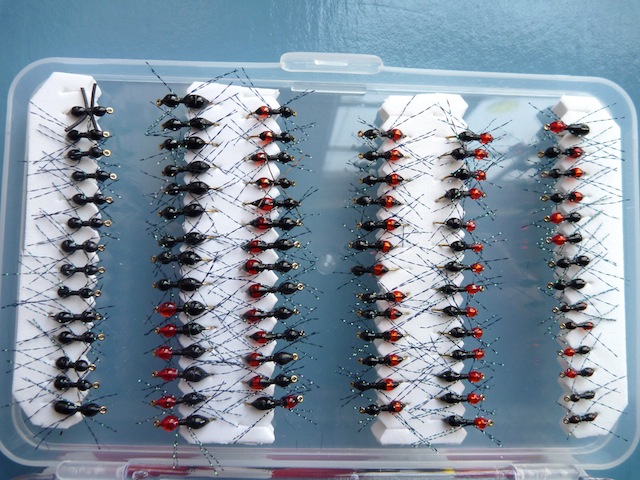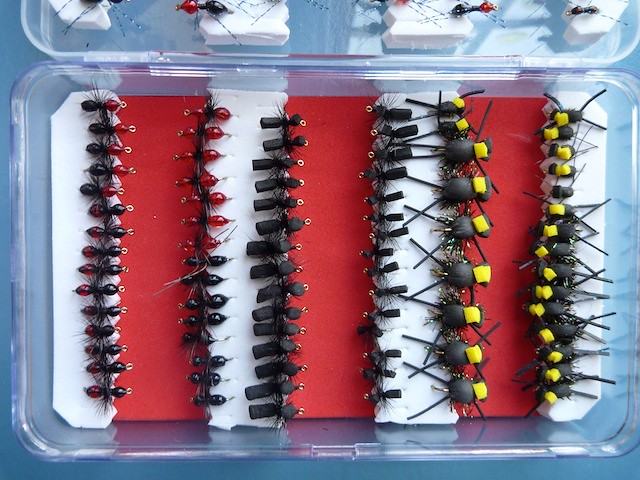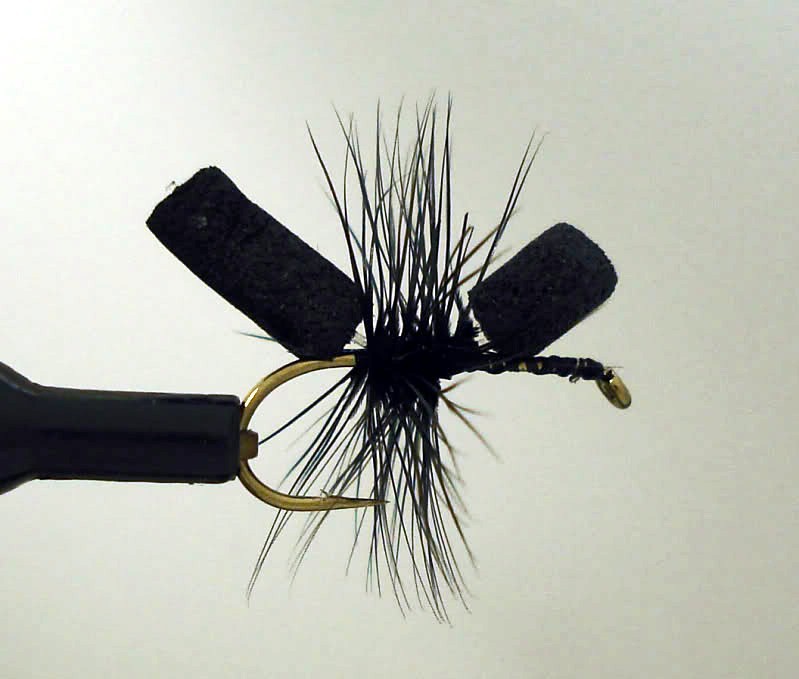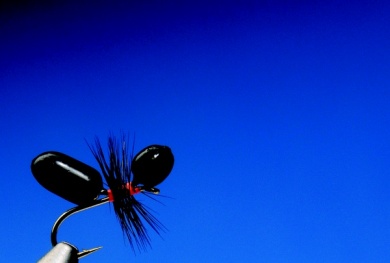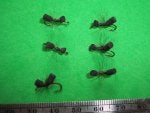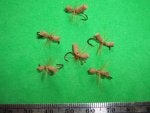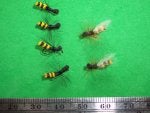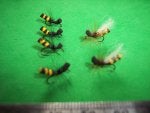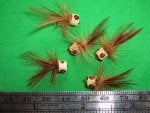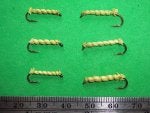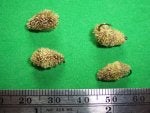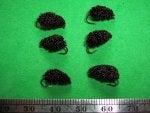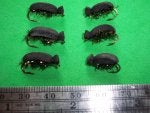LimerickShaw
Well-known member
Hey everyone, going to go out tomorrow and I'm fairly limited on my flies right now. Couple different style nymphs and streamers but fairly limited. Also where I'm fishing usually don't hold very big fish so I likely won't be using streamers. I have a couple of ant flies that I have never tried to fish before. How exactly do you fish them? Do you fish them like dries or is it more like a nymph where you're putting weight on to get it down further? Any help is appreciated.



